A knowledgeable visit to Afghan Market |26-08-2025.
Today I Visited an Afghan Market Near Malik Saad Shaheed Flyover
Today I visited an Afghan Market located near the former Malik Saad Shaheed Flyover which was once a bustling hub of trade and cultural exchange in Peshawar. This market, part of the larger Karkhano Market complex along University Road, holds deep historical significance tied to Afghan refugees and the regional smuggling economy
Origins and Historical Background
The origins of the Karkhano Market trace back to the 1980s when it emerged as a center for smuggled goods crossing the Pakistan-Afghanistan border. During that period, the influx of Afghan refugees fleeing the Soviet invasion in 1979 fuelled the market’s growth. Afghan traders set up shops, restaurants, and accommodations, creating a vibrant cultural enclave within Peshawar. In its early days, the market was renowned for its authentic Afghan cuisine, including kebabs and fragrant rice, which attracted visitors from across the region
Economic Significance and Products
Over time, the market became a vital economic lifeline for Afghan refugees, providing opportunities to earn a livelihood. The informal nature of trade meant that many goods were smuggled or surplus imports, allowing for competitive pricing but often raising questions about product authenticity.
The market’s economy was largely driven by contraband, with imported electronics, textiles, and clothing being popular items. Prices in the market varied widely depending on the quality, origin, and authenticity of products, with bargaining being a normal part of the shopping experience.
Challenges and Political Changes
However, the market's evolution faced challenges with changing political and border security policies. Stricter border controls and the withdrawal of Western military forces from Afghanistan reduced the flow of surplus Western goods, leading to a dominance of Chinese and Southeast Asian products in the stalls.
The recent deportation of Afghan refugees has also significantly impacted the market's business, leaving some shops quieter and traders uncertain about their future.
Ownership Dispute
Ownership disputes further complicated the market's landscape. A notable Afghan market near University Town and Hayatabad was embroiled in a legal conflict over property ownership that dated back to the 1940s. The dispute was eventually resolved when the Pakistani Supreme Court granted ownership rights to a Pakistani citizen, altering the control dynamics of the market.
Location and Infrastructure
The area around the former Malik Saad Shaheed Flyover, constructed in 2007 and partially dismantled in 2018 for the BRT project, is closely linked to this market zone. The flyover, named after a police officer killed in a 2007 attack, once provided vital traffic relief near Khyber Bazaar and GT Road, but now the BRT corridor runs through the same area, indicating the strategic importance of this location.
Current Market Offerings
The market today offers a wide range of products, including textiles, traditional footwear like Peshawari chappals, carpets, handicrafts, electronics, perfumes, cosmetics, stationery, toys, and various food items. The authenticity of some imported goods, especially electronics and carpets, varies, with counterfeit products frequently available at lower prices. Buyers are advised to be cautious and negotiate prices, as the informal economy prevails.
Market Environment and Facilities
Visiting the market, I observed a mixture of modernized facilities and traditional informal setups. Certain plazas like GB Plaza provide secure parking, sanitation, and security, offering a more organized shopping environment. Street areas, however, remain crowded, less maintained, and vibrant with street food vendors and small shops. The markets are also famous for their Afghan cuisine, with several restaurants serving traditional dishes.
Challenges and Political changes
The infrastructure, despite improvements, still faces issues such as congestion, unmaintained facilities, and the challenge of balancing formal and informal trade. Recent economic instability, caused by deportations and border restrictions, has further impacted traders and customers.
Overall, the Afghan Market near the former Malik Saad Shaheed Flyover reflects a complex history of migration, conflict, trade, and resilience—serving as both a cultural hub and an economic nucleus with ongoing challenges and transformations.
Data Block: Afghan Market Karkhano Market Area Pricing Estimates
| Category | Sub-category Example | Price Factors | Estimated Price Range |
|---|---|---|---|
| Footwear | Peshawari Chappals | Leather quality, craftsmanship, embellishments | 500 – 5 000+ PKR |
| Textiles Clothing | Afghan dresses, embroidered jackets | Embroidery density, fabric quality, garment type | 1 000 – 15 000+ PKR |
| Carpets | Afghan and Persian rugs | Size, knot density, material wool or silk, origin, age | 10 000 – 500 000+ PKR |
| Food Products | Dry fruits, nuts pistachios | Origin, quality, freshness | 1 000 – 5 000+ PKR per kg |
| Electronics Gadgets | Power banks, headphones | Brand, authenticity, specifications | 500 – 5 000+ PKR |
| Contraband Used Goods | Imported surplus items | Item, quality, seller, market fluctuations | Varies greatly |
Location.
| map | Link |
|---|---|
| Google map link | Here is the link |
Hope you all enjoyed it and learn many things.
Thanks
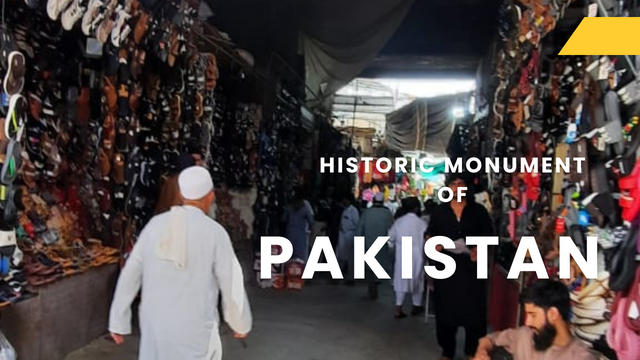
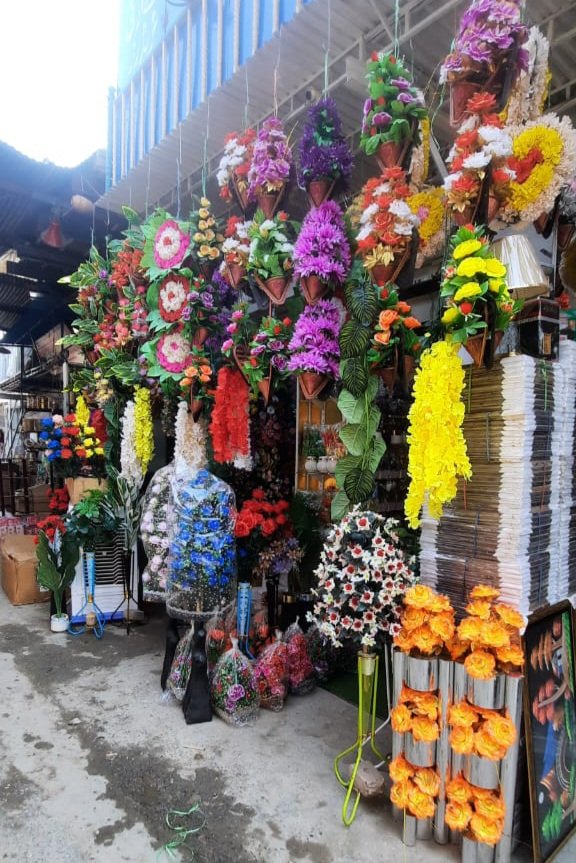
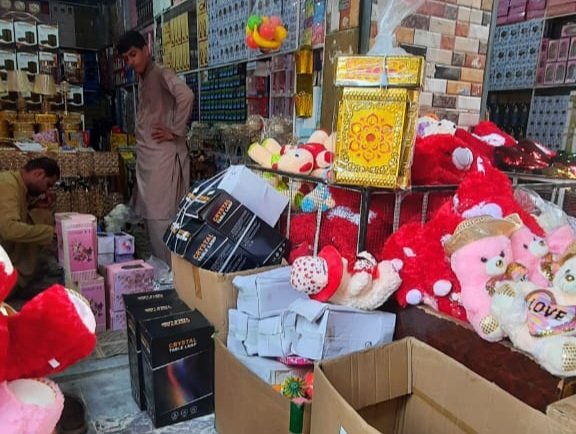
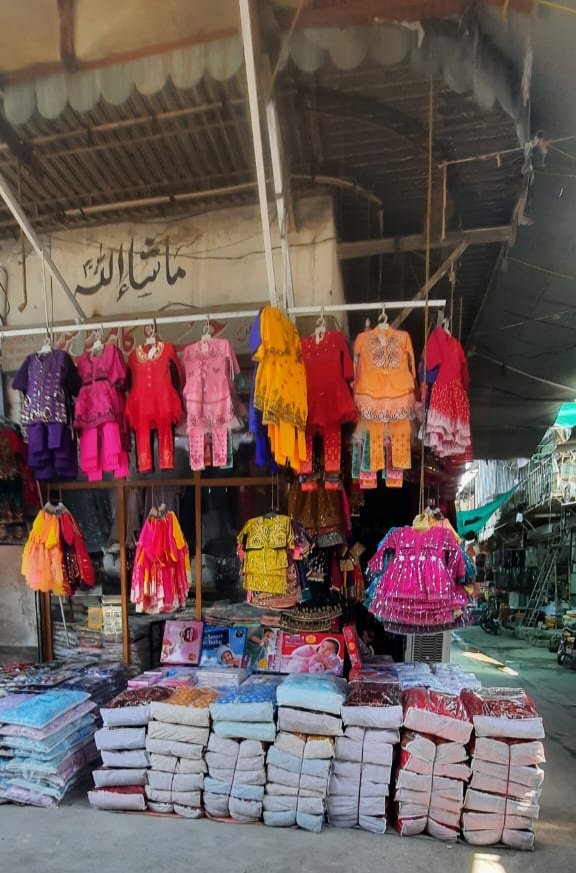
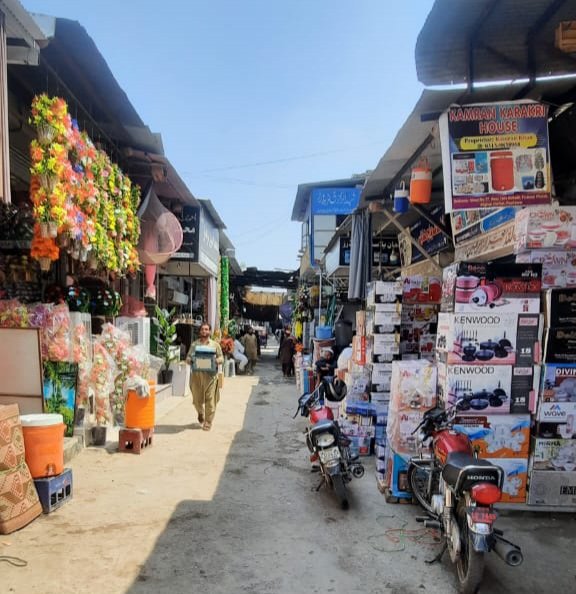
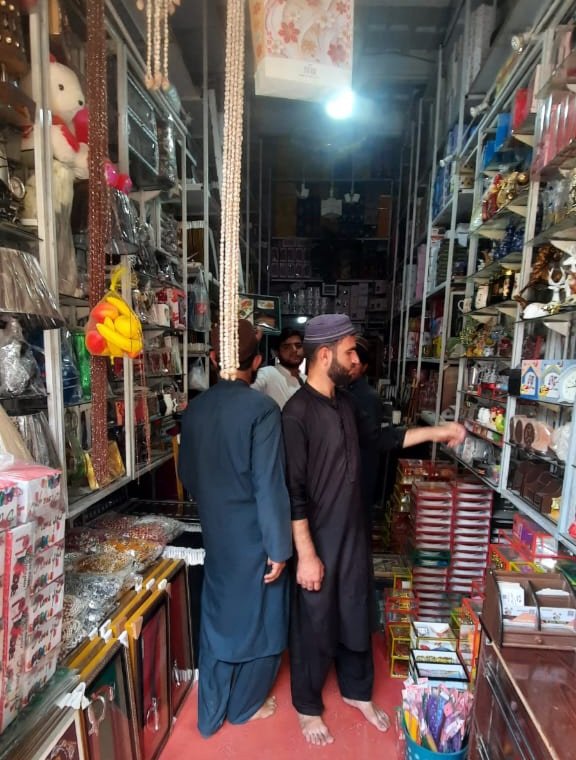
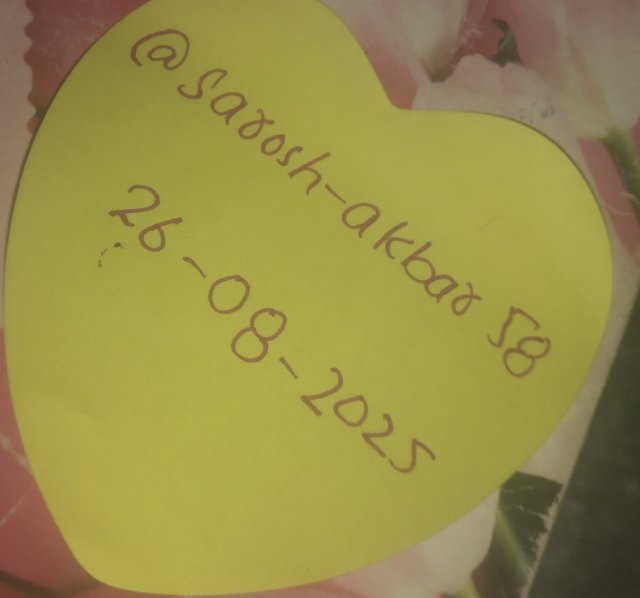
Your post is not pined on Steem Atlas.
Share correct Google maps link of the place.
Follow this guide to pin post correctly:
https://steemit.com/steem-for-pakistan/@mohammadfaisal/new-pin-feature-pin-posts-in-steem-atlas-with-google-plus-code-or-coordinates
Thanks for your feedback
khkole post bust ko steem-atlas de add kare wo no bya ba deer kha wo kho khair de . best of luck next time